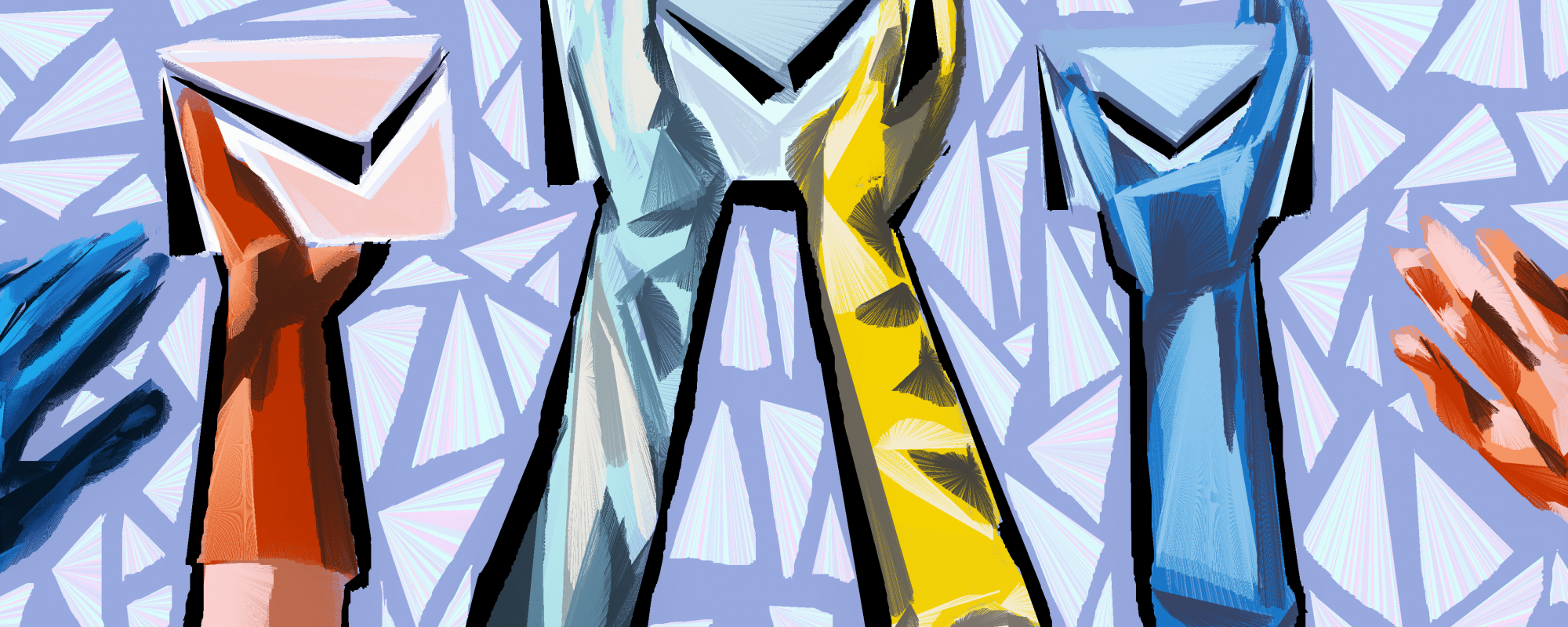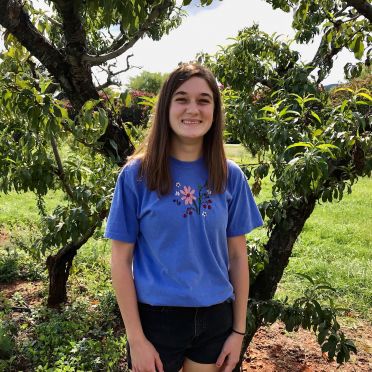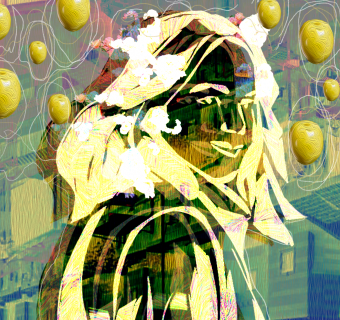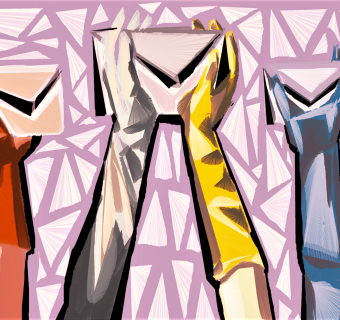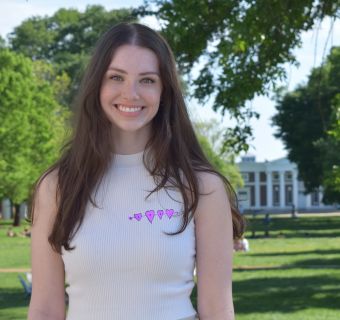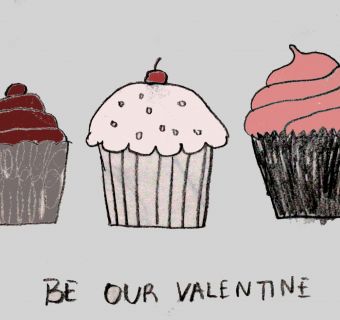I have a hard time not mixing my hobbies in with my work. There certainly should be boundaries—otherwise, I end up getting being embarrassed when I get a B+ on a stained-glass piece that I do for an English class on the Hebrew bible (a B+ is a perfectly fantastic grade, I just have trouble being artistically vulnerable). I essentially put God’s hands holding mountains within the shape of a vulva. It took a long time, and I certainly put sweat and blood into it as I cut myself (I hate cutting glass with gloves on—so clunky—maybe I understand why some people with penises prefer raw dog to condom in an odd way?). However, the soldering was pretty bad and the interpretation was pretty hard to discern without me rambling about it in a reflection, so I could see the problems my professor might have with it. But at the end of it, I was embarrassed and insecure; stained-glass—art in general—opens one up to so much vulnerability. My professor wanted me to bring it into class, but after a B+ on a God-hands piece in a vagina, how could I?
Our theme this cycle was entertainment/hobbies, and our gifted authors have once again taken this theme and created beautifully unique and contemplative pieces (ones of which if they brought into class that they would have no problems with). In Kexuan Liu’s piece, “Eggshells,” she philosophically contemplates journaling through the changing of the “self” and what journaling can offer to capture each moment in one’s life.
Pasha McGuigan opens up her hobby of thrifting and more fully accepting oneself and expressing this change through clothing in her poem, “To My 20-Year-Old Self Looking in a Thrift Store Mirror.” In Andi Sink’s poem “If I have ever worshiped a god,” she pulls together the darkness behind an image through her fabric-like form and lens of sewing. Sadie Randall also writes of the haunting feeling of “a four year on again and off again relationship” with sewing in her piece “empty-ness.” Mesina begins their poem, “get up before the moon drifts away” as they invoke the imagery of witchcraft in their poem, “Notes on the Craft.”
Addie Gilligan writes of just how she imagines stories through a person’s hands in her piece on her hobby of getting her nails done, “Flashes of Color.” Moon Zaman contemplates just how entertainment has been used against us as it engages our empathy for the purposes of profiting off of it through her analysis of Bo Burham’s Inside in her piece “Empathy as Entertainment: Bo Burnham’s Inside.” Eryn Rhodes considers just entertainment can also allow us to ignore the striking issues as she writes of how music is used to endorse sexual violence against women in her piece “Blurred Lines: I Don’t Want to Sing This.”
In her beautiful poem, “We’re Both Rowen,” Chloe Lyda writes of internal conversations about one with “dunnok blue” eyes and jumping away from (and yet into) this person. Katie Jane Villanueva creates a plant-filled world of its own in her portrait of a friend titled "Growth."
Special thanks once again to our artist Autumn Jefferson this cycle—this art is phenomenal. A thousand thanks to Leigh-Ann Carver for helping us transfer over to this new site (we so appreciate all of the work you do to make sure Iris looks as beautiful for our readers as it does for our incredible authors and artists). Once again, thank you as well to Mary Esselman and Cady Rombach for all of your work with our freelance team alongside our academic interns.

